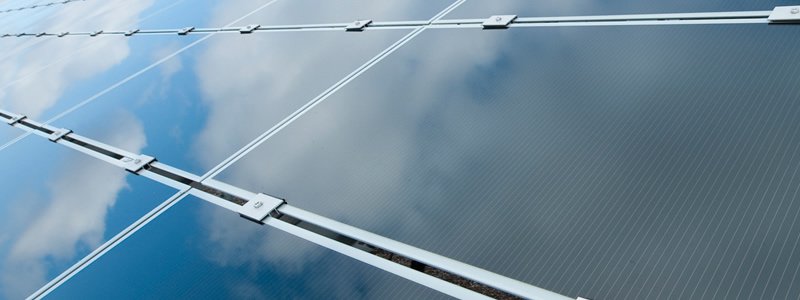
This article follows up on our previous editorial “Which Panels Are Best Suited To Humid Southeast Asia?” (read it here)
First Solar has hit back at claims in a recent Solarplaza article that thin-film modules might have inferior performance to crystalline silicon PV in hot and humid environments.
Lou Trippel, senior director of product management, said a comparative energy simulation analysis of First Solar versus crystalline silicon module performance in Thailand showed the First Solar product having a 7% greater specific annual energy yield in kilowatt hours per kilowatt.
The PVsyst simulation shows First Solar’s panels would deliver 1,620 kWh a year per kilowatt installed, versus 1,509 kWh with crystalline silicon.
The difference is mostly attributable to two factors, according to Trippel. One is a more than 5% better response to solar spectrum changes in humid conditions.
The other is that First Solar’s panel power output is less sensitive to higher operating temperatures.
In the Thailand simulation, for example, First Solar modules produce more than 1.4% more annual energy than crystalline silicon in the same location, specifically due to the better temperature response.
An independent 2013 study by Bloomberg New Energy Finance had also shown First Solar’s panels outperforming crystalline silicon in survey of several operating plants in India, Trippel noted.
Garabedian said First Solar was confident about its panel performance in Southeast Asian markets because of its rigorous in-house testing procedures, adapted from the aerospace industry. “We test the modules to failure,” he said.
Trippel added: “One-time certification is a good start, but falls short of demonstrating the continuously sustained quality and durability of ongoing module production delivered in volume to customer sites.”
“We welcome side-by-side evaluations benchmarked against any other PV technologies,” he commented.
Despite its strict testing regime and good product performance, Garabedian admitted First Solar sometimes faces challenges because of wider concerns over thin-film technology.
In recent years, more than 100 thin-film companies are believed to have closed or merged. Today only two major thin-film players remain: First Solar in the US and Solar Frontier in Japan.
“I would argue that we and Solar Frontier are the only two companies that have cracked the thin-film code,” Garabedian said. “But it’s not always obvious to a new customer what we do… and what it means to them.”
